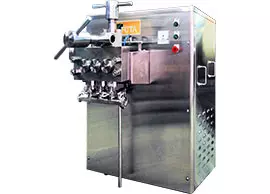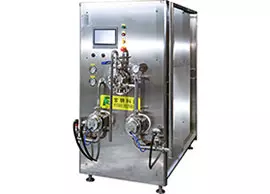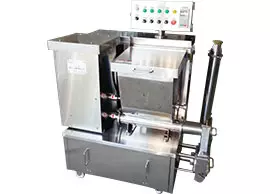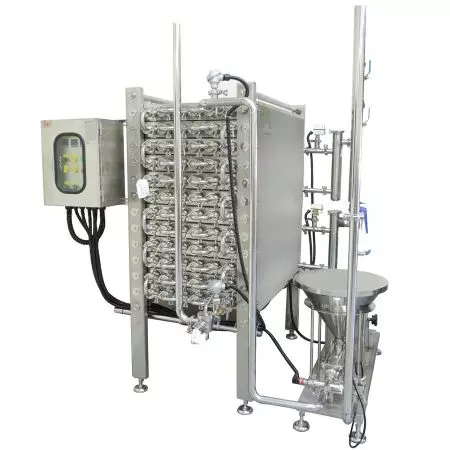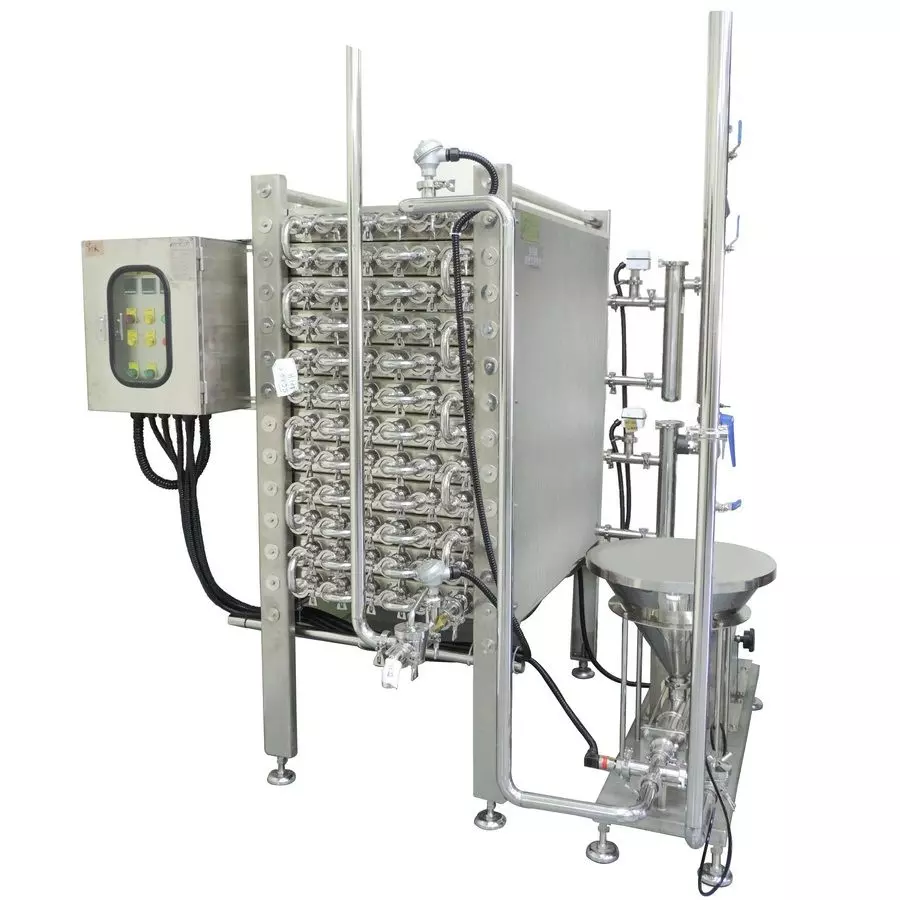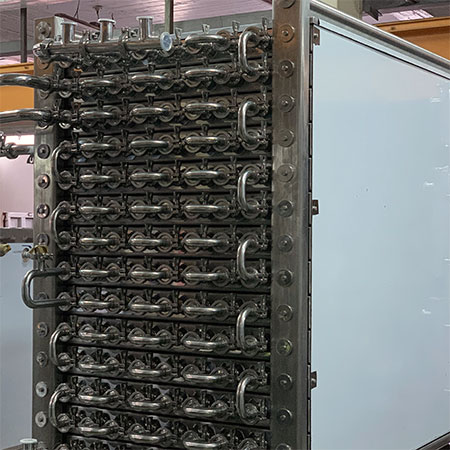Tube in Tube Heat Exchanger
The hygienic tube-in-tube heat exchanger is ideally suitable for the heating, cooling and pasteurization of food products with low and average viscosity, and products that contain the pulp, fibers or big particulates. The equipment consists of a single tube mounted inside an outer shell tube, so that the product flows counter-current through the inner tube, with the service medium around it. The tubular heat exchanger modules are normally connected in series and mounted on a frame.
Sanitary Tubular Heat Exchanger, Double Tube Heat Exchanger, Shell & Tube Heat Exchanger
Application
High viscosity large grant heat exchange
Video
- Related Products
-
-
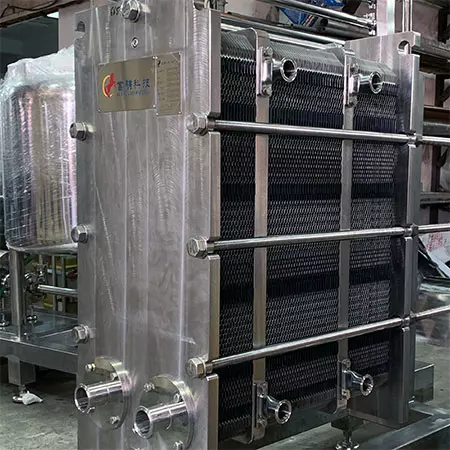
Plate & Frame Heat Exchanger
This is a range of gasketed plate heat exchangers for dairy, food, beverage and other hygienic and utilities applications requiring thermally efficient performance. Its modular design offers different combinations of plates and frames to cover a wide range of applications, including all general heating and cooling duties, and multi-section pasteurization. Plate heat exchangers are ideal for low viscosity fluids with no particles.
-
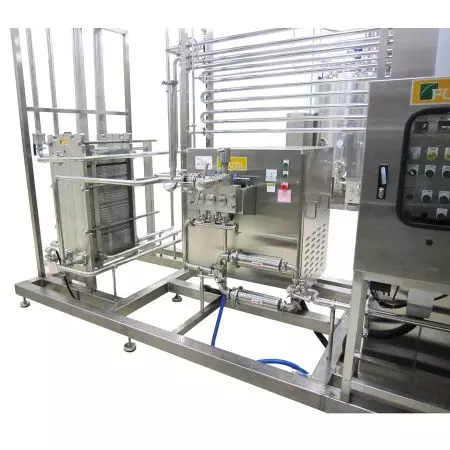
HTST Pasteurizers
High-temperature short-time (HTST) pasteurization, or flash pasteurization, is commonly utilized in food and beverage industries. Products are heated and held at a specific temperature and time, followed by quick cooling to ensure complete destruction of contained pathogenic microorganisms. Compared to batch pasteurization, HTST system offers advantages of lower utility costs and higher continuous throughput. Use of regenerative heating and cooling in heat exchangers can further increase operational efficiency.
-
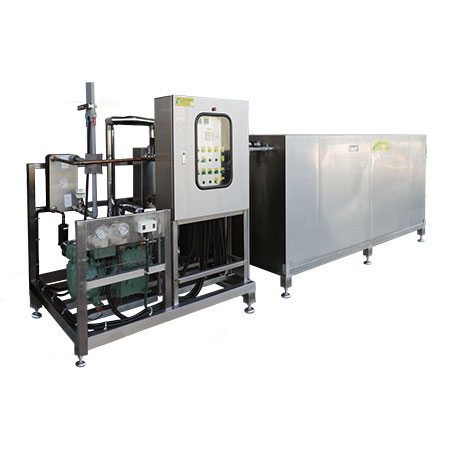
Water Chillers & Ice Banks
The refrigeration equipment is an industrial water-cooled chiller, suitable for customers who want to produce chilled water at 1°C through ice accumulation. For ice cream production, it generates stable ice water circulation to cool down the ice-cream mixture in Mix Plant immediately and keep it at constant temperature of 4°C in ageing tanks. The glycol ice bank also has the capability of ice thermal storage, which can reduce energy cost by shifting energy usage to non-peak hours. This model is capable of Ice storage up to 1 ton.
-
- Document
-

